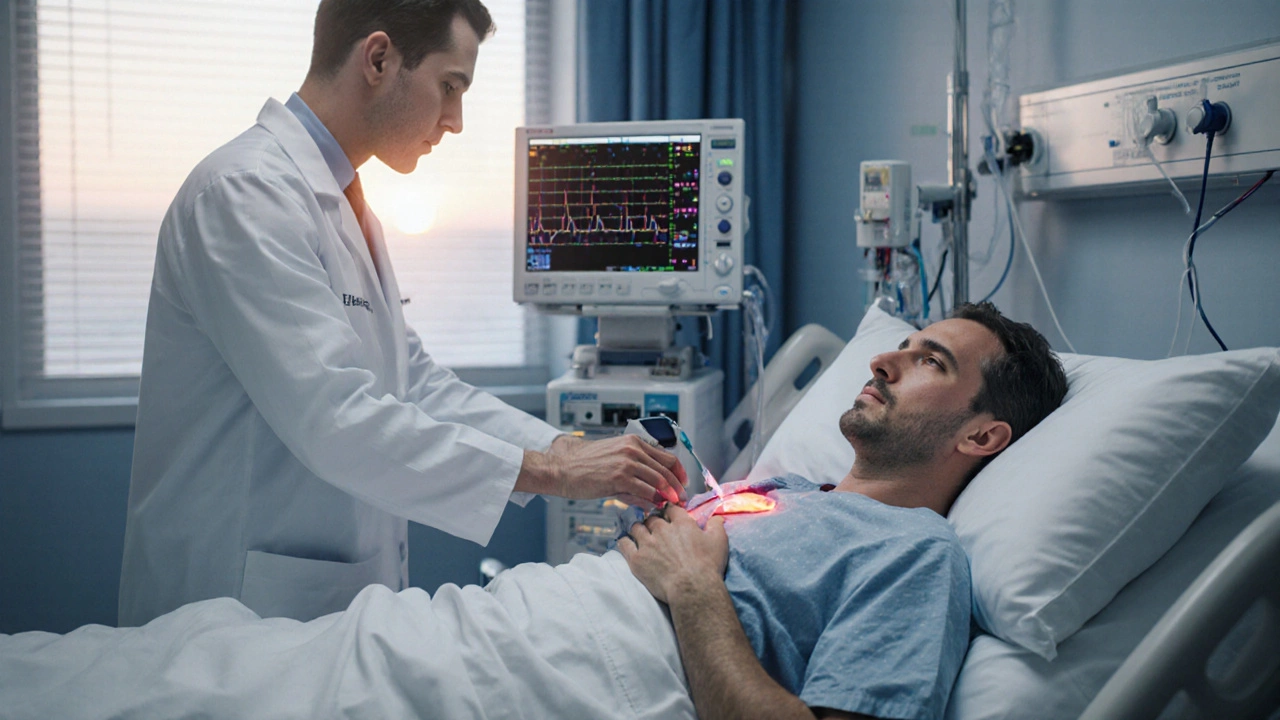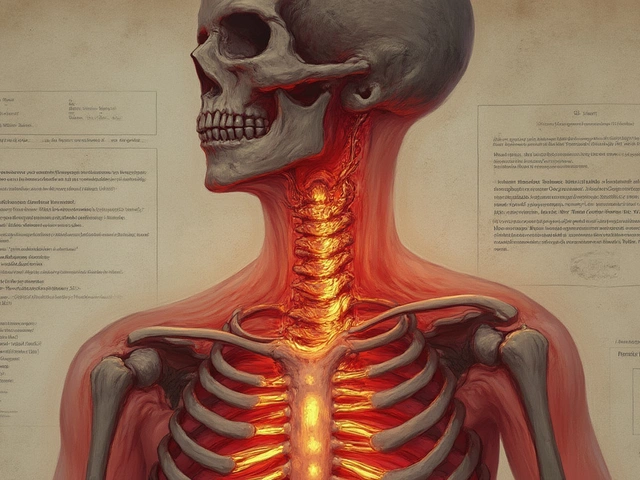Home Care After Surgery: Essential Tips for a Smooth Recovery
When planning home care after surgery, the set of daily practices that support healing once you leave the hospital. Also known as post‑operative self‑care, it covers wound care, pain control, mobility, and nutrition. A key companion is postoperative pain management, strategies like medication timing and non‑drug techniques that keep discomfort at bay. Another vital piece is rehabilitation exercises, guided movements that restore strength and range of motion. Finally, wound care, cleaning, dressing changes, and infection monitoring, forms the backbone of safe recovery. Together these elements form the core of effective home care after surgery.
One of the biggest hurdles after an operation is managing pain without over‑relying on pills. Good postoperative pain management blends prescribed analgesics with simple tricks: deep‑breathing, ice packs, and gentle stretching. When pain stays in check, you’re more likely to start rehab exercises early, which speeds up regaining strength. Physical therapists often prescribe a mix of ankle pumps, quad sets, and short walks to keep joints moving and prevent stiffness. Mobility aids like crutches or a walker become useful tools, but they’re only as safe as the user’s technique—so practice proper weight‑bearing under guidance. At the same time, diligent wound care reduces infection risk; cleaning the incision with mild soap, applying sterile dressings, and watching for redness or drainage are daily habits that pay off. A solid home care after surgery plan can cut recovery time by weeks, and it lowers the chance of setbacks that send you back to the clinic.
Beyond the basics of pain, movement, and incision care, nutrition and rest play silent but powerful roles. Protein‑rich meals help rebuild tissue, while staying hydrated supports circulation. Aim for at least eight hours of sleep; the body does most of its repair work while you’re asleep. Keep an eye on warning signs: sudden swelling, fever, or sharp pain that doesn’t improve with medication. If anything feels off, call your surgeon or physiotherapist right away. Follow‑up appointments are opportunities to adjust your care plan, tweak medication doses, or progress your exercise routine. Mental health matters too—feelings of frustration or anxiety are normal, but talking to a friend, counselor, or support group can keep your outlook positive. All these pieces—pain control, rehab, wound care, nutrition, sleep, and emotional support—interlock to create a comprehensive home care after surgery strategy.
What You’ll Find Below
The articles listed next dive deeper into each of these topics. You’ll see real‑world advice on knee‑replacement pain, step‑by‑step walking guides, medication choices for swelling, and even tips for driving safely after surgery. Whether you’re gearing up for your first operation or supporting a loved one, the collection gives you actionable insights to make the home recovery phase smoother and more confident.

Living Alone After Open-Heart Surgery: How Long Is Safe?
Learn the safe timeline to live alone after open-heart surgery, covering medical milestones, home prep, and rehab tips for independent recovery.
read more



